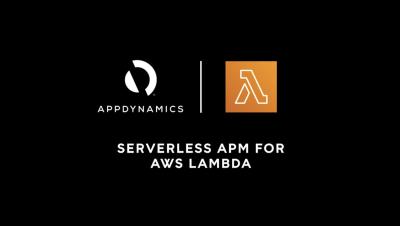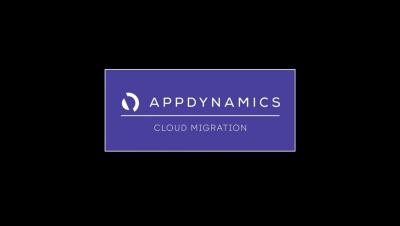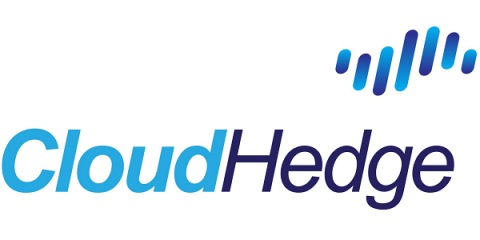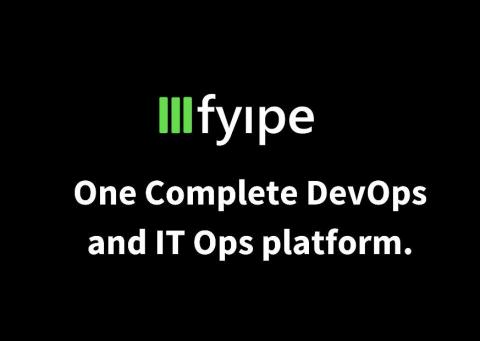How To Monitor AWS Elastic Load Balancer
Amazon Web Services Elastic Load Balancer (AWS ELB) enables websites and web services to serve more requests from users by adding more servers based on need. Unhealthy ELB can cause your website to go offline or slow down dramatically. Elastic Load Balancing automatically distributes incoming application traffic across multiple Amazon EC2 instances.











